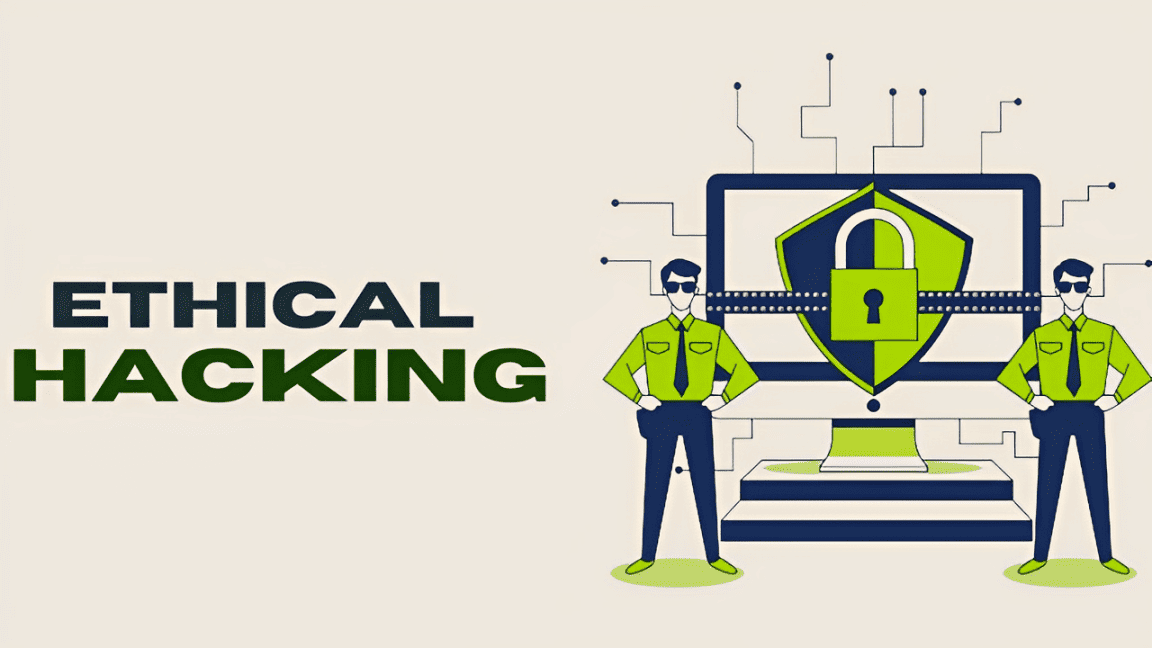Summary of the Blog
- Defining Privilege Escalation:
- Types of Privilege Escalation:
- Methods of Privilege Escalation:
- Mitigating Privilege Escalation Risks:
Defining Privilege Escalation:
Privilege escalation is gaining higher-level access than granted. It can happen at different levels and is a critical step in many cyber-attacks where hackers exploit vulnerabilities.
Types of Privilege Escalation:
- Vertical Privilege Escalation:
Vertical privilege escalation occurs when a user exploits vulnerabilities or misconfigurations to gain higher-level permissions within their account.
2. Horizontal Privilege Escalation:
In horizontal privilege escalation, an attacker gains access to another user’s account with similar privileges. This can happen through techniques like session hijacking or credential theft.
Methods of Privilege Escalation:
- Exploiting Software Vulnerabilities:
Attackers may exploit software vulnerabilities to gain higher privileges. These vulnerabilities may exist in the operating system, applications, or services.
2. Abusing Misconfigurations:
System misconfigurations, such as improper permissions or weak security settings, can allow attackers to gain elevated privileges.
3. Executing Malicious Code:
Attackers may use malware or scripts to gain elevated privileges and bypass access controls.
4. Credential Theft:
Attackers can gain access to sensitive information by obtaining login credentials through methods such as phishing, keylogging, or brute-force attacks.
Mitigating Privilege Escalation Risks:
- Implement Least Privilege Principle:
Grant users and systems the least level of access required for their tasks.
2. Regular Auditing and Monitoring:
Regularly audit user privileges and monitor system logs to detect potential privilege escalation attempts promptly.
3. Patch and Update Systems:
It is important to keep both systems and software up-to-date to ensure that vulnerabilities that could be exploited for privilege escalation are patched.
4. User Training and Awareness:
Educate users about security best practices, including creating strong passwords, identifying phishing attempts, and promptly reporting any suspicious activities.
Conclusion
“In conclusion, the phenomenon of privilege escalating reveals the intricate layers of advantage and influence within societal structures. Understanding this dynamic is crucial for fostering inclusivity and dismantling systemic inequalities. As we strive for a more equitable future, acknowledging and addressing privilege escalation becomes a pivotal step towards creating a world where opportunities are accessible to all, regardless of background or circumstance.”





